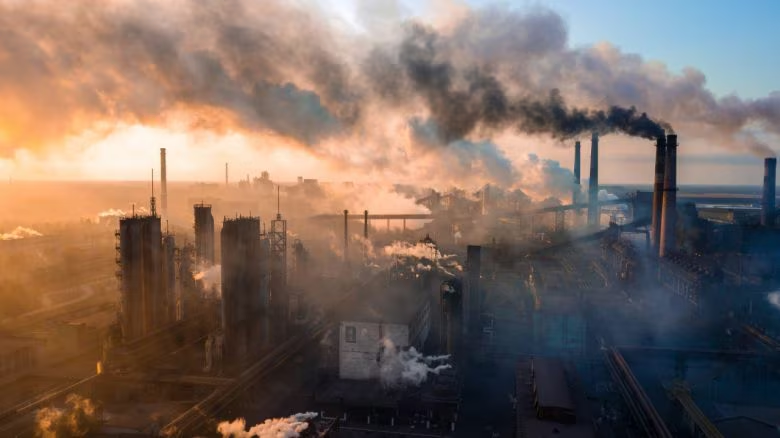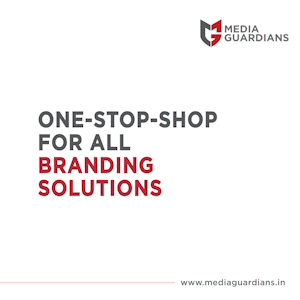In the past five years, the number of large, medium, and small industries in Maharashtra classified under the ‘red’ category for high pollution levels has increased by 26%, as revealed by the Economic Survey Report presented in the state legislature. This rise underscores the growing environmental challenges faced by the state, spanning all 12 Maharashtra Pollution Control Board (MPCB) regions.
According to the regional officer of the MPCB in Kolhapur, stringent pollution mitigation measures are enforced based on this categorisation. “We emphasise zero liquid discharge and zero emission, mandating the implementation of advanced technologies before renewing operational consents,” he stated. Industries responsible for water pollution are required to install Common Effluent Treatment Plants (CETPs). The MPCB has initiated online monitoring to track pollution levels before and after effluent treatment, ensuring compliance with environmental standards.
Despite the financial burden, industries are encouraged to adopt cleaner technologies to prevent the contamination of water bodies. The official added, “Industries often hesitate to invest in advanced technology due to costs, but it is mandatory to safeguard our environment.”
For red-tagged industries, operational consent must be renewed every five years, while orange-tagged industries require renewal every ten years. Green-tagged industries need to renew their consent every fifteen years, whereas white-tagged, non-polluting industries are exempt from this requirement, as per Central Pollution Control Board (CPCB) guidelines.
The state of Maharashtra is divided into 12 MPCB regions, with the Pune region housing the highest number of large red-tagged industries at 1,302. Following Pune are the Nashik region with 480, the Mumbai region with 360, and the Chhatrapati Sambhajinagar region with 349. The Kolhapur region, comprising Kolhapur, Ratnagiri, Sindhudurg, and Sangli, has 314 large red-tagged industries but boasts the highest number of white-tagged industries at 7,145.
Small-scale red-tagged units receive financial assistance to establish CETPs. Currently, 7,885 industries in Maharashtra have installed CETPs, collectively treating 173 million litres of effluent per day.
In March, the Bombay High Court directed the MPCB to commence an immediate pollution audit of all red-tagged industries, emphasising the broader public interest in addressing air pollution. Thermal power plants, large chemical industries, refineries, and asbestos manufacturing units fall under this highly toxic red category. The High Court also proposed the creation of a statutory pollution control commission comprising experts, scientists, and bureaucrats to ensure effective and timely monitoring, similar to the commission established in Delhi.
Chief Justice Devendra Kumar Upadhyaya and Justice Girish Kulkarni, while hearing a suo moto PIL on air pollution in the Mumbai Metropolitan Region (MMR), highlighted the necessity of such a commission. Advocate General Birendra Saraf presented a comprehensive audit roadmap prepared for this initiative.
The increasing number of red-tagged industries in Maharashtra highlights the urgent need for enhanced regulatory measures and technological adoption to mitigate environmental impacts. As the state continues to industrialise, balancing economic growth with environmental sustainability remains a critical challenge for policymakers and industry stakeholders alike.




